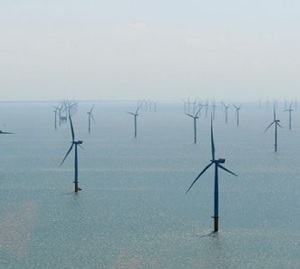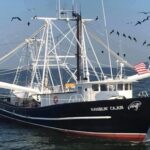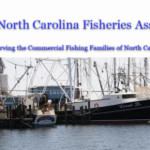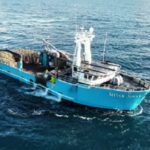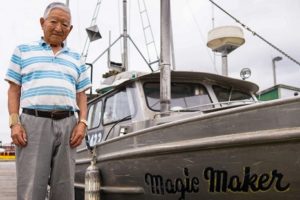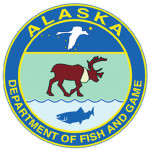Tag Archives: West Coast Seafood Processors Association
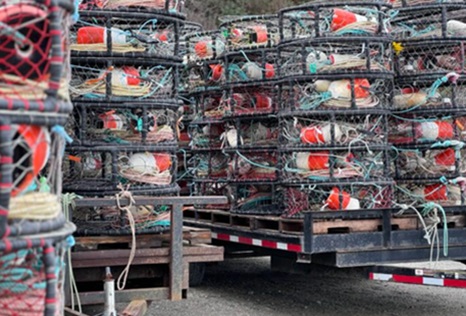
Crab Fishermen on Strike
Commercial Dungeness crab season is allowed locally as of midnight on January 5th. However, we are seeing no crab gear in the water. Local Dungeness crab fishermen are holding out for better pay after they say they’ve been offered an unacceptable amount per pound. The buyers are not offering a price that we’re okay with,” says Jake McMaster, Captain of the Fishing Vessel Captain Banjo. “They offered $3. We countered with $3.50 on the 1st of January, and we have not had a response to that price negotiation.” McMasters says they were getting this price over a decade ago, “$3 a pound– 2012, 2013, ten years ago. Meanwhile, Dungeness crab fishermen in Oregon are getting more than $3 a pound for their crabs. more, >>click to read<< 06:46

USDA will invest $52 million to help fishing industry on the West Coast
The struggling fisheries industry on the West Coast is getting a much-needed financial boost from the federal government. The U.S. Department of Agriculture announced it will buy $52 million worth of Pacific groundfish for its food assistance programs. The money is the USDA’s third and biggest investment in the fish in as many years. In 2021, the USDA purchased $16 million of groundfish, specifically rockfish, pink shrimp and whiting or hake, a fish that’s popular in Eastern Europe. It increased that to up to just over $30 million the following year. This year’s $52 million surpasses the $50 million in wholesale sales for those fish last year, according to the Oregon Department of Fish and Wildlife, which tracks fisheries in Oregon. >click to read< 09:50
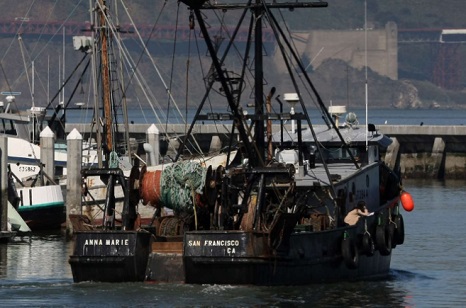
Oregon Fishing Industry Fed Up With Agency ‘Ignoring’ Their Offshore Wind Concerns
The West Coast Seafood Processors Association, the Midwater Trawlers Cooperative and the Oregon Dungeness Crab Commission claim their concerns about proposed offshore wind project call areas, areas where the agency is seeking public comment, and their impact on key fish populations due to the turbines’ electromagnetic field (EMF) cables, have been ignored by BOEM. They also worry about the impact offshore winds would have on their businesses and the entire state’s economy. “BOEM has told us that if Oregon doesn’t want this, they will back off and pursue other offshore wind areas, and we’ve made it pretty clear to them that Oregon doesn’t want this, and they’re still pushing forward,” Lori Steele, executive director of the seafood trade group West Coast Seafood Processors Association, told the DCNF. “They are giving us nothing but lip service,” she added. >click to read< 09:43
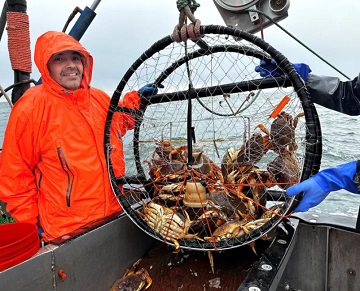
Dungeness crab at $5.99/lb. Nice! But crab fishers get $2/lb. Tough deal.
Remember a year ago, and the $18.99 up to $24.50 a pound prices? When you hear about a “market correction,” here it is in a dramatic display: a plunge of two-thirds or more. There are plenty of reasons why. For the Dungeness crab fishers, a number of them small operators, it’s tough days. They’re getting $2 a pound, maybe $2.25 a pound wholesale for the crabs. In last winter’s boom times they were getting $5.50 a pound from processors. “I haven’t seen this low a price in over a decade. It’d probably be cheaper not to fish. But we can’t not fish, if that makes sense. We have to keep making our payments or we’ll end up in a loss,” says Jennifer Custer, who does the bookkeeping while her husband, Chuck Custer, runs their 46-foot fishing boat, the Miss Kathleen, out of Westport. >click to read< 09:43
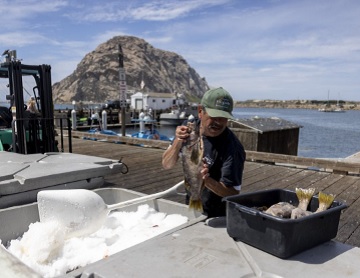
California Offshore Wind Projects Face Hurdles as Pressure Groups, Industry Interests Weigh In
As the Biden administration plans for the country’s first West Coast offshore wind turbines, interests ranging from commercial fishing fleets to powerful environmental groups are complicating the road ahead for the California projects. Some fishermen are worried about losing access to swaths of rich fishing grounds, where they would have to stop towing nets that could get caught on underwater cables. Lori Steele, executive director of the West Coast Seafood Processors Association, said offshore wind power projects threaten an industry that also must deal with depleted fish stocks and soaring coastal real-estate prices. “We’re struggling to make sure that people understand that, just because you can’t see it, that doesn’t mean it’s not having an impact,” she said. There is early discussion about creating fishing compensation funds, similar to ones created by East Coast projects for financial losses, “but the industry doesn’t want to be bought out,” she said. >click to read< 08:08
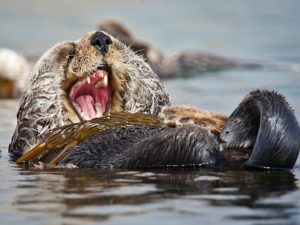
U.S. Fish and Wildlife Service Strategy to Reintroduce Sea Otters is Flawed
The USFWS study fails to estimate costs to taxpayers; impacts to key local fisheries such as Dungeness crab and sea urchin; neglects to fully examine the impacts to local port and harbor activities and fishing communities and fails to directly clarify to impacted Tribal Nations that no ceremonial and subsistence uses – or control of otter populations negatively impacting other important Tribal resources – are permitted under current Federal law. For Oregon and California coastal communities dependent on Dungeness crab, sea urchin, and other shellfish, reintroducing sea otters in an area where they have been absent for more than 100 years will spell big trouble. Yet, a recent report from the U.S. Fish and Wildlife Service (USFWS) concludes it is “feasible” to reintroduce them to Southern Oregon and Northern California. >click to read, with links< 08:19
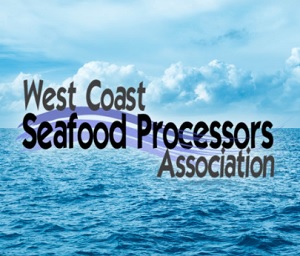
Seafood Industry Professions Raise Concerns About Reintroduction Of Sea Otters
West Coast Seafood processors says that their membership is concerned about a study on the impacts of sea otters on coastal fishing. The West Coast Seafood Processors Association says that they join other ocean stakeholders in a lack of confidence about concerns raised about the otters. “We remain very concerned that the issues we identified in our letter last year will not be adequately addressed in the Fish and Wildlife Service’s cost and feasibility study,” West Coast Seafood Processors Association Executive Director Lori Steele said. >click to read< 18:24






